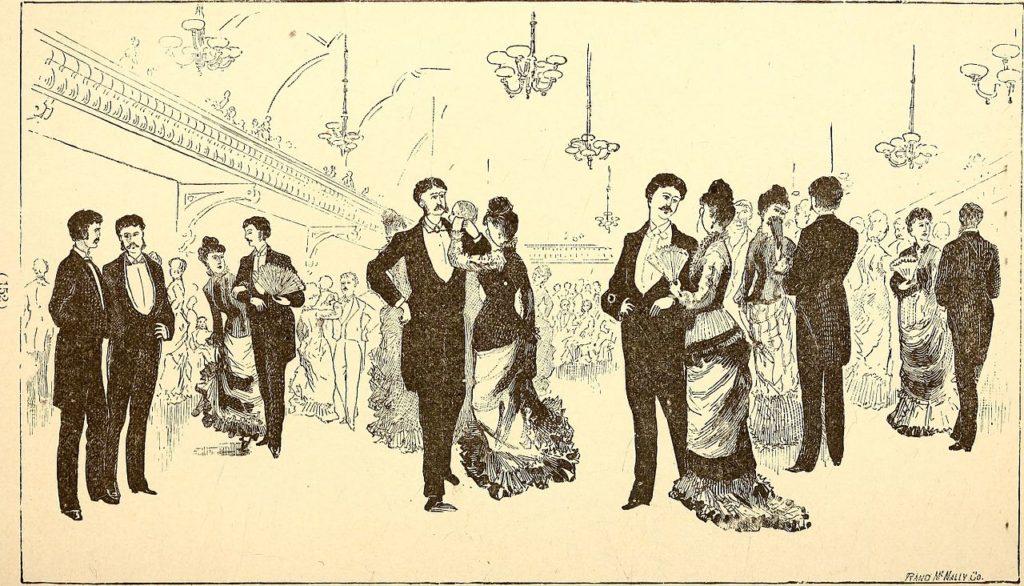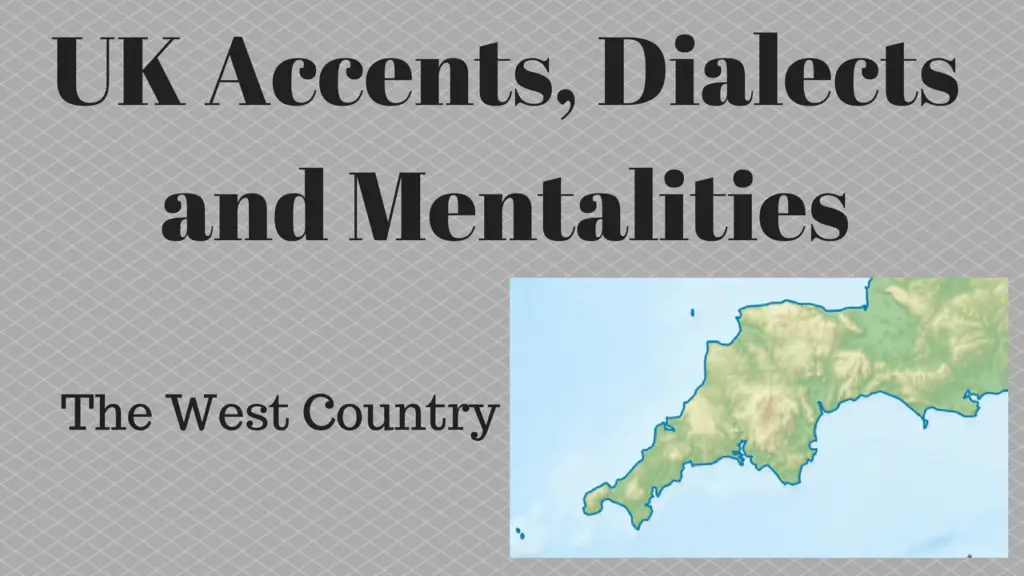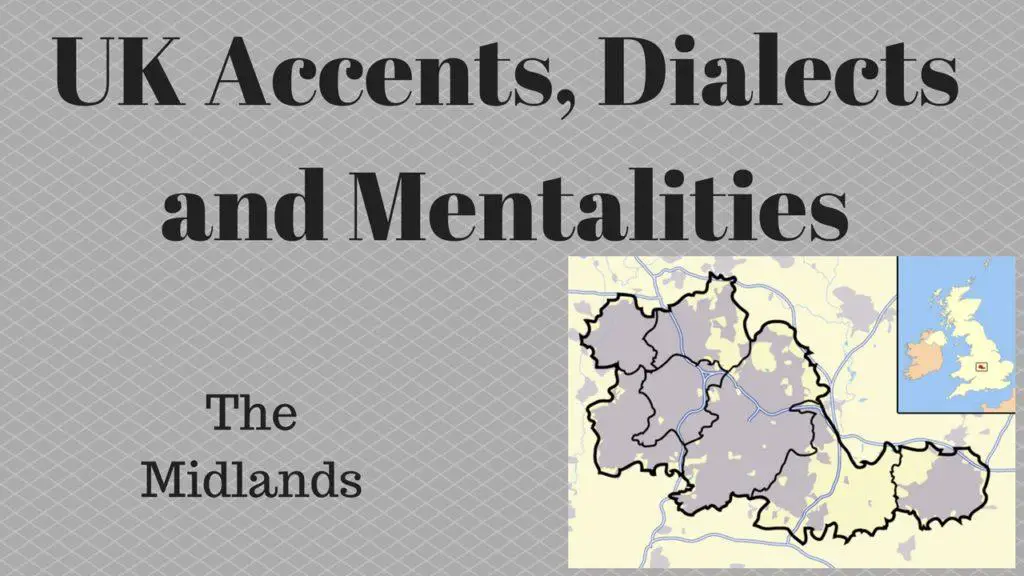How to Show Appreciation at Work – Introduction
Saying “thank you” is more than just polite – it’s a powerful way to build trust and strengthen your professional relationships. In many English-speaking workplaces, a simple show of appreciation can boost morale, improve collaboration and help you stand out as someone who is both respectful and thoughtful.
In this article, you’ll learn how to express thanks clearly and professionally in different work situations, whether you’re thanking a colleague, manager or client. We’ll explore natural, workplace-friendly phrases in UK and US English and show you how to use tone and timing to make your appreciation more effective.

This builds on How to Build Good Relationships with Colleagues in English, How to Build Rapport with Your Manager and Senior Leaders, and our community for professionals who use English at work.
Why Appreciation Matters in the Workplace
Expressing gratitude in the workplace creates a more positive environment.
When you thank someone sincerely, you:
- Show respect and emotional intelligence
- Strengthen working relationships
- Encourage future cooperation
- Build your reputation as a team player
In multicultural workplaces, knowing how to say “thank you” the right way helps avoid misunderstandings and creates connection.
Everyday Situations Where You Might Say Thank You
1. When a Colleague Helps You
✅ “Thanks for your help on the presentation – I couldn’t have done it without you.”
✅ “Really appreciate your support today. That made a big difference.”
2. After a Meeting or Call
✅ “Thanks for your input in the meeting – your points really helped move things forward.”
✅ “I appreciate your time today. It was helpful to talk things through.”
3. After Receiving Feedback
✅ “Thanks for the feedback – I’ll take that on board.”
✅ “I really value your suggestions and I’ll definitely work on those areas.”
4. When Someone Goes Out of Their Way
✅ “Thanks so much for staying late to help – I know you had other things to do.”
✅ “Really appreciate you stepping in last minute – that was a lifesaver.”
Tone and Timing: Make It Count
Saying “thank you” too casually or without context can feel routine.
To make it meaningful:
- Be specific about what you’re thanking them for
- Use a tone that matches the situation (e.g. light and friendly with peers, more formal with senior leaders)
- Choose the right moment – ideally as close to the action as possible
Example:
❌ “Thanks.” (Too vague)
✅ “Thanks for proofreading that email – you spotted things I missed.”
Differences Between UK and US Workplace Tone
Both cultures value appreciation, but expressions vary slightly:
- UK English often uses understatement: “Much appreciated”, “That was very kind of you”
- US English tends to be more enthusiastic: “I really appreciate it!”, “Thanks a ton!”
In international settings, it’s best to balance politeness with sincerity.
How to Thank Your Manager or a Senior Leader
Keep your message respectful and professional:
✅ “Thank you for your guidance on the client project – it really helped me approach things differently.”
✅ “I appreciate you taking the time to meet with me. Your insights were really useful.”
Avoid overly casual phrases like:
❌ “Cheers for that!” (Too informal for many managers)
Written vs Spoken Thanks
- Spoken: Ideal for informal or immediate feedback (e.g. after a meeting or favour)
- Written (email, Slack, message): Useful when you want to create a record or thank someone more formally
Example email:
Hi Sam,
Just wanted to say thank you for covering for me in the client meeting yesterday. I really appreciate it – and from what I heard, you did a great job.
Let me know if I can return the favour sometime!
Best,
Chris

Appreciation Without Overdoing It
While it’s great to thank people, overuse can feel insincere. Rotate your language with variations:
- “I really appreciate it.”
- “Thanks again – that was a huge help.”
- “Much appreciated.”
- “That means a lot – thank you.”
Summary: Gratitude Builds Trust and Connection
Being able to show appreciation and say thank you in the workplace isn’t just polite – it’s professional. When you take a moment to express real appreciation, you strengthen your working relationships and show your values.
Choose the right tone, give context and match your message to the situation. Whether you’re speaking or writing, your appreciation will go a long way.
Want more ways to improve your workplace English? Join our community for professionals, or check out How to Build Good Relationships with Colleagues in English and How to Build Rapport with Your Manager and Senior Leaders.


